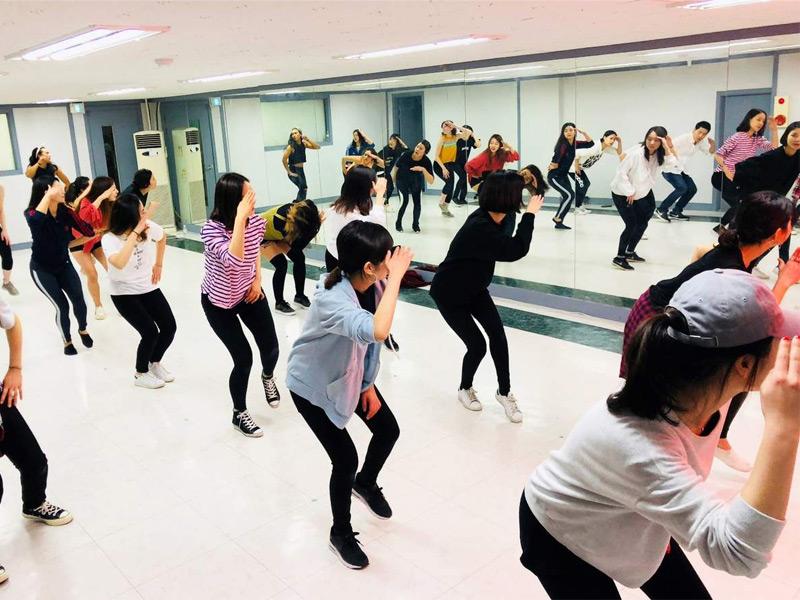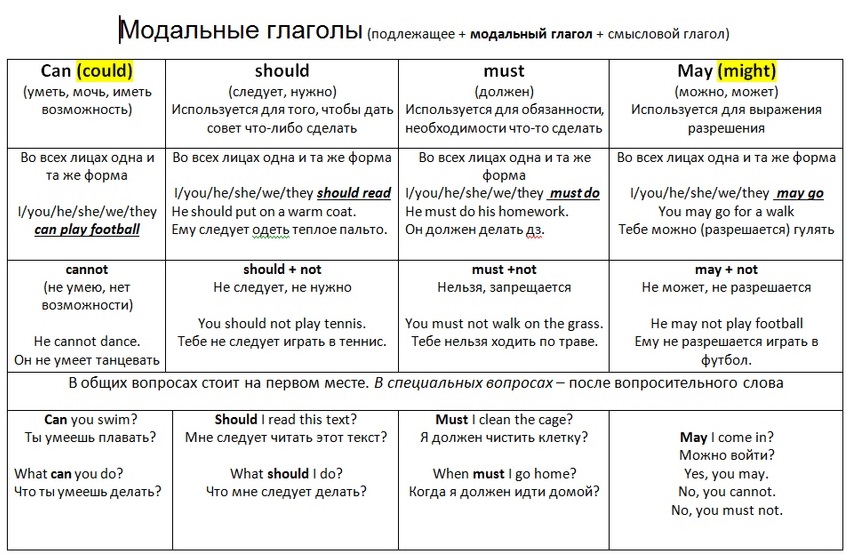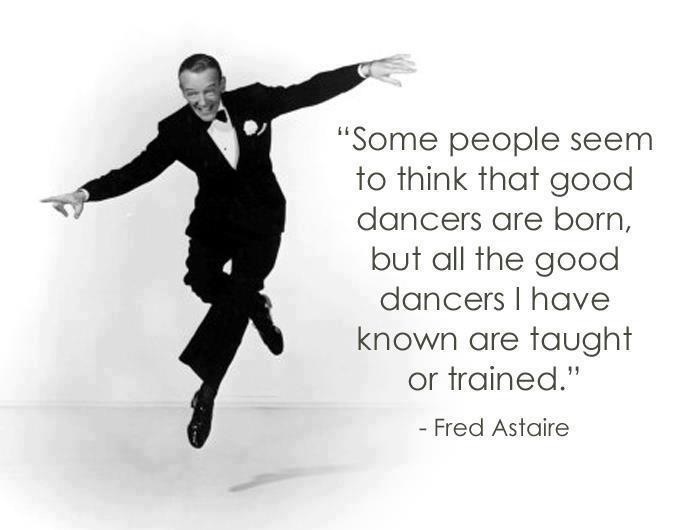How to build upper body strength for pole dancing
How To Build Upper Body Strength For Pole Dancing
by Danna | Jul 18, 2016 | 6 comments
(Last Updated On: October 27, 2021)
Most pole dancing strength exercises are to get upper body strength for pole dancing. Here we will explain how to build upper body strength for pole dancing
It’s very common for women to feel discouraged or worry about how their lack of upper body arm strength will impact their decision to use pole dancing as exercise, especially when they are exercising at home.
It is very normal to make the assumption that you need good upper body strength to pole dance. You do, and it’s not rocket science to figure that one out. But there are many average everyday women who can’t do a single push up or pull up that want to pole dance for exercise. Don’t worry, you can get stronger for pole dancing very easily!
If you are one of those women who can’t do a single pull up or push up, FEAR NOT! You are not alone and You can do it!
Women frequently attribute their ability to do a pull-up or push up by how much they weight. Your logical mind will tell you that if you are fat or overweight, then you will have a harder time than the skinnier girls…… SO NOT TRUE!
Here’s why:
Many pole dancers asks How to improve grip strength for pole dancing? Your ability to do a pull-up or push is relative to how well your individual muscle capacity can carry the load of your individual body weight. Typically, shorter girls with a stockier build will have an easier time than a very tall and skinny girl. The reason this happens is that in a smaller person, their muscles mass is not spread out across longer limbs and they have a shorter distance to go in order to achieve the execution of the move. The longer your limbs, the farther you have to go to execute and the more muscle you may need.
The answer to How To Build Upper Body Strength For Pole Dancing starts with commitment.
I have had girls approximately 75 pounds overweight come into class with the upper body strength to immediately invert and hold their own body weight on the pole with ease.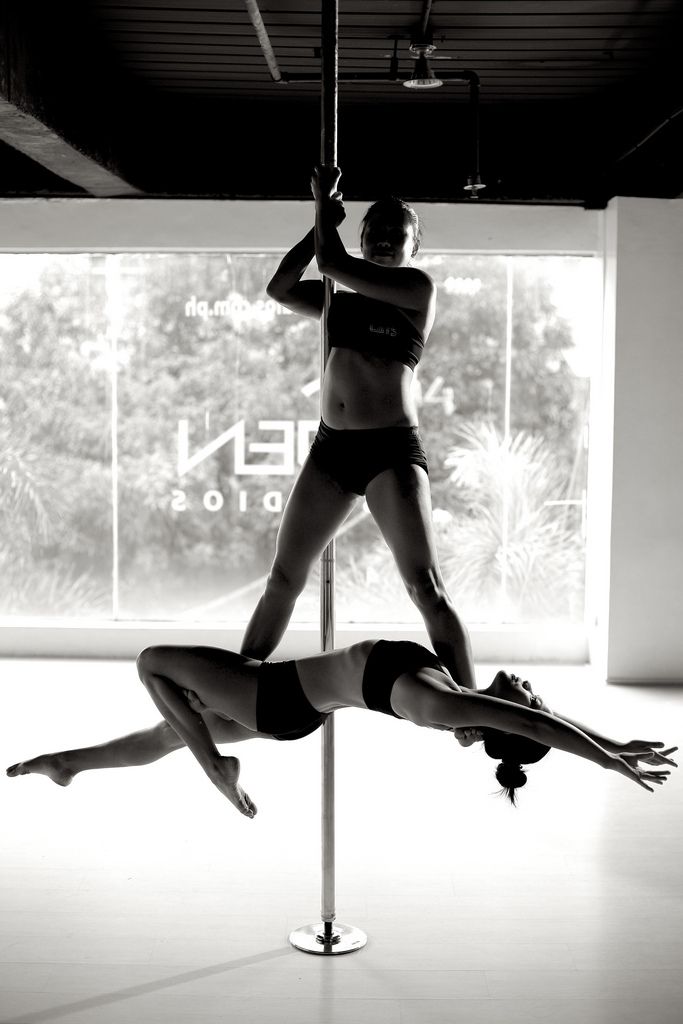
I have also seen skinnier looking more “fit” girls who can’t even hold their own body weight on the pole for 5 seconds.
Again, it’s all relative to your individual strength and built. Moreover there are plenty of pole dancing exercises at home such as pole dancing strength and conditioning that can help you get upper body strength for pole dancing. Most strength training for pole dancing involves the upper body and core muscles.
Typically speaking, over 75% of the woman I see in class are everyday people who are moms out of shape. Many don’t go to the gym on a regular basis. Most of those girls cannot hold their own body weight on the pole. In addition, rarely will they be able to do one Pull Up on the dance pole.
So relax!!! By the end of 8 weeks practicing pole, you will notice a big difference in your strength, the body adapts faster than you think!
Here are some suggestions on How to gain upper body strength for pole dancing:- Don’t give up.
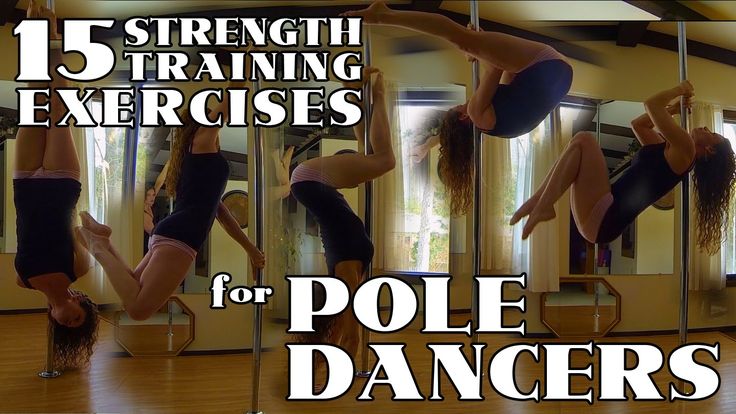 It’s a natural phase, similar to puberty; it sucks but it will pass with time.
It’s a natural phase, similar to puberty; it sucks but it will pass with time. - Try different grips and don’t be afraid to combine them. People have different skin types and sweat differently. BUT remember, grip aid is not to replace the arm strength.
- Give yourself time to develop arm strength. Muscles need time to grow so keep trying by gripping with BOTH hands on the pole at all times. Just trying once or twice a day will make a HUGE difference in few weeks.
- Be sure your pole is squeaky clean and don’t use ANY body lotions (Not within 24 hours of doing pole). Oils from the lotions are absorbed into the skin and will seep back out after you start to sweat. Simply washing the lotion off your skin is not enough. If you can’t live without lotion during these times, consider switching to 97% pure aloe vera gel for skin moisture. The pure aloe vera gel can be used up to 10 minutes before you pole dance. For those of you with dry skin, it may improve your grip on the dance pole.

- Do pole “pull-ups” exercises three times a week to develop strength. Once you get stronger, the life of pole dancing will be easier and more fun! In the meantime, you can enjoy learning floor work, and grounded turns like pirouettes, half-turns, backslides, and plies. (FYI, all those videos lessons are in the PoleBody® Complete Home Edition – Home Pole Fitness Training Course.)
- Lastly but most importantly, don’t skimp on the nutrition. Diet is 80% success to get fit, not your exercise. Learn to eat healthier for fat loss, get quality lean protein, and ditch junk carbs like sugar, bread, pasta, and desserts.
==> If you want more strengthening exercises for pole fitness dancing, then try the PoleBody® Complete Home Edition – Home Pole Fitness Training Course.
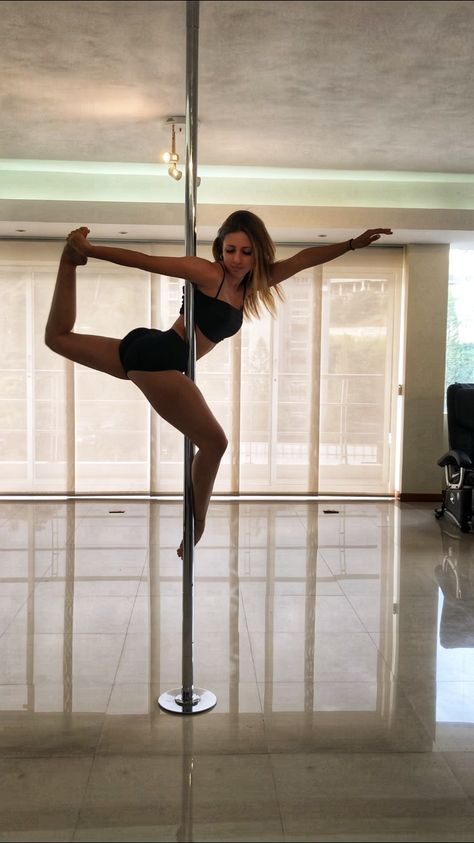 It’s loaded full of videos that will take you from ultra beginner to a strong dancing woman in 8 short weeks.
It’s loaded full of videos that will take you from ultra beginner to a strong dancing woman in 8 short weeks.Please leave me a comment below and let me know if this helped you!!! Thanks!
How to get Upper-Body Strength for Pole Dancing
This article may contain affiliate links. This means that at no extra cost to you, I may earn a commission if you use one of these links to make a purchase. Read the full disclosure.
Contents
- Want to become an amazing pole dancer?
- How to Build Upper-Body Strength for Pole Dancing
- Improve your General Fitness
- Eat Healthy Foods
- Focus on your Entire Upper-Body
- Upper-Body Workouts to do at Home
- Weight-Training to do at Home or in a Gym
- Avoiding Injuries
- Keep on Pole Dancing!
Pole dancing certainly requires a lot of upper-body strength. Actually, it is a complete full-body workout! Pole dancing works your upper-body, core and your legs to help you build strength quickly.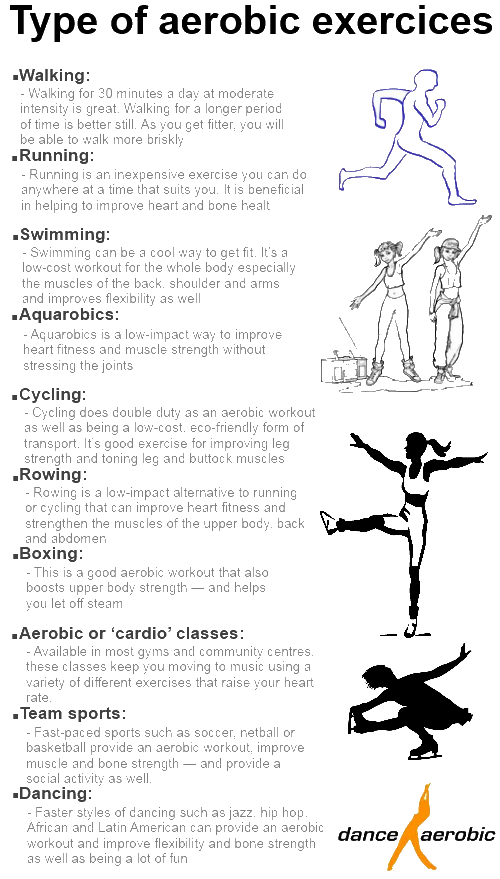
Often, people think that they can’t learn pole dancing because they’re just not strong enough.
We hear this a lot, it’s very common for those who are keen to learn, think that they need at least some existing natural strength, to begin with.
This is simply not true.
Sure, having some natural strength or having gained strength through doing another form of workout can certainly be beneficial, but it doesn’t matter if you’re not super strong when you’re just getting started.
Regular pole dance sessions will help you build strength over time – but there’s definitely no need to overdo it, especially if you’re a beginner.
As a beginner pole dancer, it’s unlikely that you’ll have your own pole to practice with in-between classes straight away. It’s a good idea to invest in your own dance pole, but that’s not always an option for people when they’re just getting started.
However, there are loads of other exercises you can do at home to get stronger and subsequently progress with your pole dancing journey.
This is called conditioning your muscles.
Conditioning means that you’re preparing your muscles, or training them to get better at pole dancing.
Upper-body strength is only a part of what you need to be a good pole dancer. Pole dancing is a full-body workout, so you need to think about strengthening your entire body.
Pole dancing on a regular basis will help you gain all-over strength, including your upper-body.
Want to become an amazing pole dancer?
Open Dance Academy has over 450 online lessons, by some world famous pole dancing champions! Join now to get:
Access to more than 450 high-quality video lessons with the lifetime access option
Excellent value for money when compared to the price of local pole dancing classes
Suitable for beginner, intermediate, advanced & expert pole dancers
***GET 10% OFF OPEN DANCE ACADEMY***Use the code polefitfreedom to get 10% off Pole Dancing Lessons with Open Dance Academy. This is an exclusive offer for readers of this blog!
This is an exclusive offer for readers of this blog!
Learn the art of pole dancing here
How to Build Upper-Body Strength for Pole Dancing
Pin this!Here are our tips for building your upper-body strength to help you become a better pole dancer.
Improve your General Fitness
As a beginner pole dancer, now is a good a time to think about your overall fitness. All forms of exercise will help your progress on the pole.
There so many workouts to compliment your pole fitness work, such as yoga, cross fit, weight training, circuits and cardio.
Incorporate exercises for your upper-body into your new fitness regime.
Related: Is ‘Twisted Grip’ Bad For You?
Eat Healthy Foods
It may seem boring, but having a healthy diet is key to helping your muscles grow.
Try to maintain a diet with lots of fruit and vegetables, with lots of unprocessed/complex carbohydrates for energy. You also need protein, which means fish, lean red meat, eggs and poultry.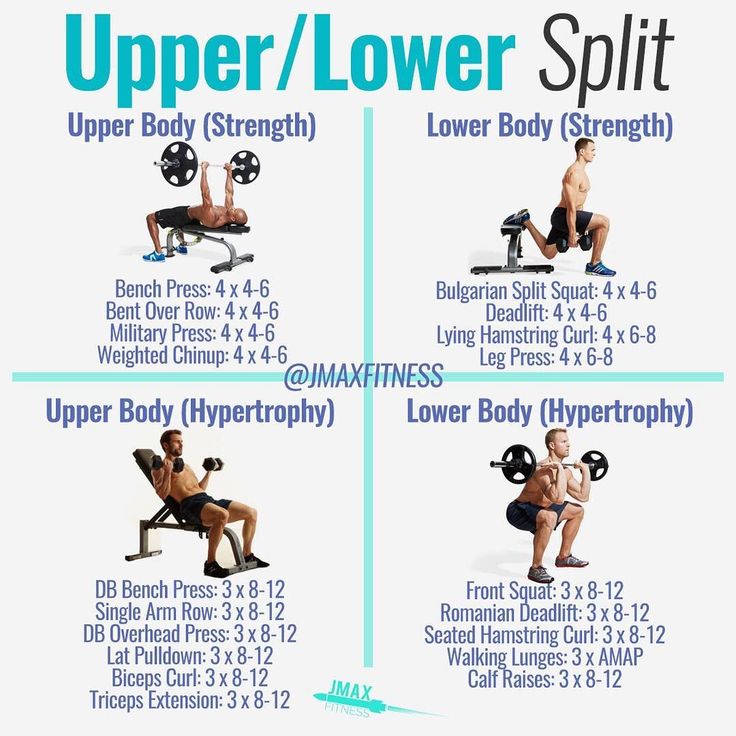 If you’re a vegan, then this means quinoa, tofu, nuts, beans and pulses.
If you’re a vegan, then this means quinoa, tofu, nuts, beans and pulses.
You should also make sure you get plenty of vitamins and minerals in your diet, again, from eating whole/unprocessed foods!
Related: Should Pole Dancers take Vitamin Supplements?
Focus on your Entire Upper-Body
Gaining upper-body strength for pole dancing is not just about having strong arms.
You need to look at the bigger picture. Your arms do need to be strong, so do your shoulders, your chest, your back and your wrists. In order to be strong, you’ll need to work the entire upper-body, rather than just your arms.
There are small muscles to build up, such as the rotator cuffs in your shoulders, as well as larger muscles like your biceps.
Related: 12 other workouts for pole dancers to try
Upper-Body Workouts to do at Home
There are plenty of fitness routines you can do at home that will build your upper-body strength.
- Push-ups
- Diamond Push-ups
- Wide Push-ups (if you can’t manage a push-up, then go on your knees rather than your toes until you get stronger!)
- Tricep Dips
- Pull-ups (You’ll need a pull-up bar)
- Plank (Planks work your arms and shoulders, as well as your core!)
- Yoga
- Grip strength training
Weight-Training to do at Home or in a Gym
- Bicep curls
- Overhead press
- Tricep rows
Related: How to get Better at Pole Dancing
Avoiding Injuries
Gaining muscle takes time, especially for women. It’s important that you listen to your body and don’t overdo things. You know your own body and what it can handle, so don’t get tempted to do anything that could result in injuries!
It’s important that you listen to your body and don’t overdo things. You know your own body and what it can handle, so don’t get tempted to do anything that could result in injuries!
If you do get injured, you’ll have to take a break. Breaks are big setbacks for pole dancers and it feels worse if these injuries are self-inflicted!
So, whatever fitness training regime you choose for your upper-body, you shouldn’t do anything beyond your physical ability. Difficult/more-advanced techniques need to be worked towards, not jumped into straight away.
Related: How to deal with pole dancing related injuries
Keep on Pole Dancing!
Even if you don’t feel strong enough. Pole dancing itself is a strength-building technique. Some moves may seem impossible at first but the more you Try, the stronger you become.
Focus on strength-based pole tricks such as knee-raises and pull-ups as part of your general warm-up and you’ll soon notice an improvement.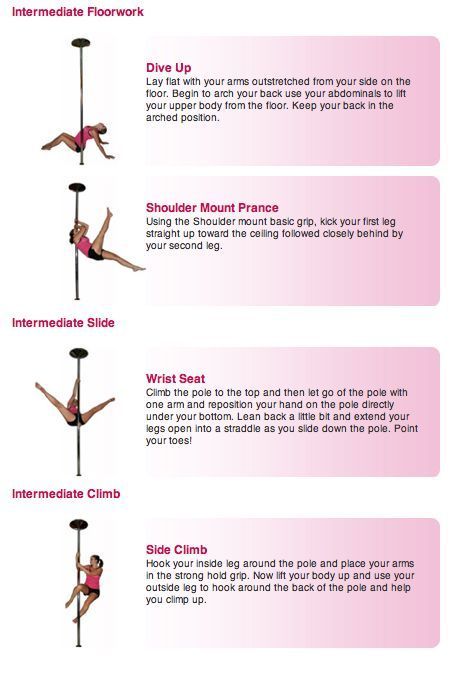
Try pulling yourself up into spins, climbs and inverts instead of spinning or jumping (you really shouldn’t be jumping into spins anyway!)
Also, ensure that you practice all tricks and spins on both sides. Everyone has a preferred side that they tend to use. You don’t want to end up imbalanced – so force yourself to practice moves on both sides!
Related: How often should you practice pole dancing?
So, those are our top tips for building your upper-body strength for pole dancing! What did you do to improve your strength? Let us know by leaving a comment below – we’d love to hear from you!
Happy poling!
Pin this Post
Use this image to Pin this Page to your Pinterest Boards to save it for later!
This post contains affiliate links. That means that, at no extra cost to you, we may receive a small commission if you buy a product using one of the links on this page. Read our full disclosure here.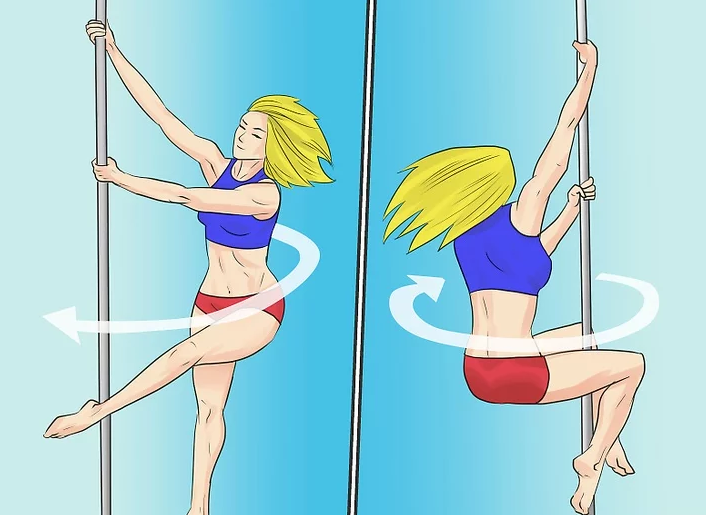
8 exercises to help you prepare for pole practice
Pole practice: is it possible to practice without preparation?
In theory, yes, but in practice... “Training on the pole requires stretching, flexibility and strength,” says Polina Volchek, two-time world champion in pole dance, ex-soloist of Cirque du Soleil, artist of the Leningrad Center troupe ". “That is, of course, you can try to do without them, but the number of elements that you can perform in this case will be significantly reduced.” nine0007
For beginners, it is important to strengthen the muscles of the upper body, as arm strength is important in the initial stages of mastering pole tricks. “In the first lessons, we study near-pole choreography, some basic tricks at the “lower” level, the simplest twists,” comments Vera Kefner , teacher of pole dance, stretching and other fitness areas at the Yaradance dance studio, author of the complex that we will show today. - And only then we transfer them to the “upper floors”, to the pylon. With strengthened arm muscles, it is much easier to work on the pylon: it is easier for a person to pull himself up, statically hold himself in certain positions on the pylon, without touching the floor. As for a good stretch, it makes the muscles more elastic, gives more joint mobility, increasing the range of motion, which makes the task easier and reduces the risk of injury. Don't forget about the visual effect - a good stretch allows you to perform tricks gracefully and beautifully. nine0007
- And only then we transfer them to the “upper floors”, to the pylon. With strengthened arm muscles, it is much easier to work on the pylon: it is easier for a person to pull himself up, statically hold himself in certain positions on the pylon, without touching the floor. As for a good stretch, it makes the muscles more elastic, gives more joint mobility, increasing the range of motion, which makes the task easier and reduces the risk of injury. Don't forget about the visual effect - a good stretch allows you to perform tricks gracefully and beautifully. nine0007
So if you've been wanting to try the pole for a long time, but didn't know where to start, start with strength training and stretching. We asked Vera Kefner to compile and show us a suitable set of exercises.
How to build a session
* Start your workout with a warm-up. 10-15 minutes of simple articular gymnastics will prepare the muscles, joints and connections for the upcoming load.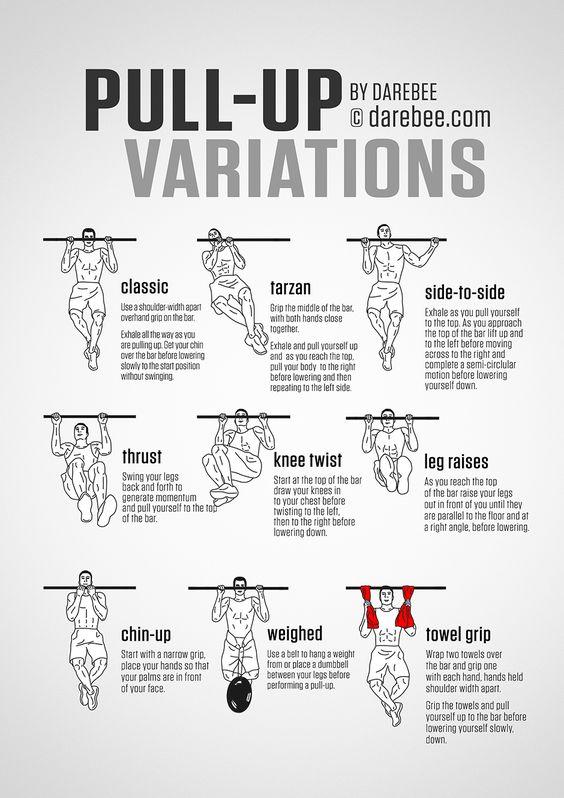
* Perform exercises in sequence. nine0019
* Practice this program 2-3 times a week, gradually increase the load. The pace is medium or slow, which will allow you to concentrate on the correct technique for performing the exercises.
To complete the complex, you will need a mat, a chair and dumbbells (weighing 2-3 kg).
Ready to start class? Then repeat after Vera Kefner.
Wide Arm Push-ups
Get into an emphasis lying on straight arms (can be supported on your knees). Put your hands wider than your shoulders, fingers look forward and widely spaced, distribute the load on a full palm. The neck is a continuation of the spine, the gaze is lowered down, the abdominal muscles are tense. While inhaling, keeping the body absolutely straight, bend your arms, spreading your elbows to the sides. Your chest should almost touch the floor. As you exhale, focusing on how the pectoral muscles contract, push up and return to the starting position.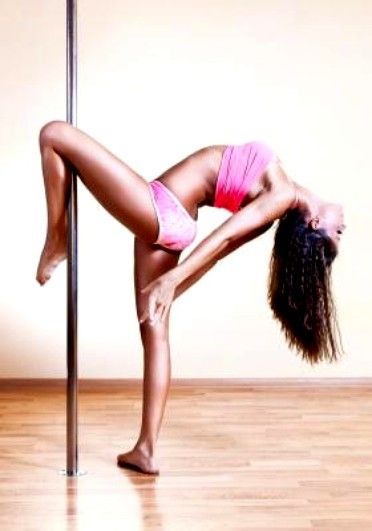 While you're a beginner, do as many push-ups as you can. You can start by doing it on your knees 8-10 reps in 1-2 sets of , gradually increasing the load to 10-15 reps in 3 sets of . Further, without support on the knees, perform the same number of repetitions and approaches with straight legs (feet hip-width apart).
While you're a beginner, do as many push-ups as you can. You can start by doing it on your knees 8-10 reps in 1-2 sets of , gradually increasing the load to 10-15 reps in 3 sets of . Further, without support on the knees, perform the same number of repetitions and approaches with straight legs (feet hip-width apart).
Narrow Push-ups
Get into a push-up position on straight arms (can be supported on your knees). Place your palms shoulder-width apart, fingers look forward and wide apart, distribute the load on the entire palm, the neck is a continuation of the spine, look down, the abdominal muscles are tense. While inhaling, keeping the body absolutely straight and moving it slightly forward relative to the hands, bend the arms, pulling the elbows back. Your chest should also almost reach the floor. Exhale as you push up and return to the starting position.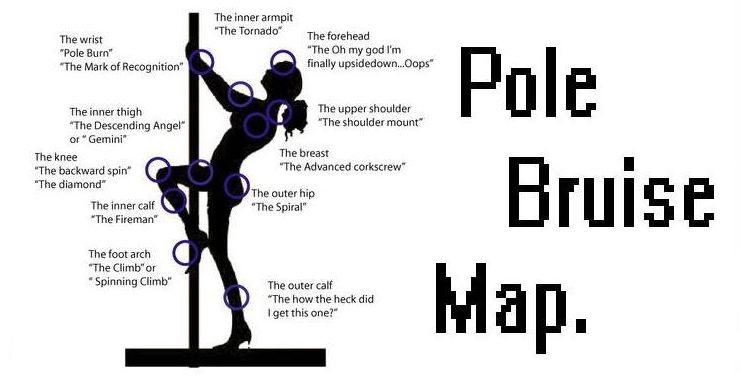 While you're a beginner, do as many push-ups as you can. You can start by doing it on your knees 8-10 reps in 1-2 sets of , gradually increasing the load to 10-15 reps in 3 sets of . Further, without support on the knees, perform the same number of repetitions and approaches with straight legs (feet hip-width apart).
While you're a beginner, do as many push-ups as you can. You can start by doing it on your knees 8-10 reps in 1-2 sets of , gradually increasing the load to 10-15 reps in 3 sets of . Further, without support on the knees, perform the same number of repetitions and approaches with straight legs (feet hip-width apart).
Plank
Get into an emphasis lying on straight arms, arms shoulder-width apart, hands in line with shoulder joints, feet together (fingers in line with heels). Make sure that the muscles of the legs, buttocks and the press are in tension. Do not arch your back and keep your torso straight as a single line from crown to heels until the end of the exercise. Hold this position starting from 15-30 seconds to 2-3 times , gradually increasing this time.
Shoulder stand (“Birch”)
Lie with your back on the mat, arms along the body, palms on the floor, legs bent at the knees or straight, knees and feet touching each other. Throw your legs over your head as much as possible. Bend your arms at the elbows, place your palms on your lower back, straighten your legs up. The body should be straightened, extended upwards so that the body and legs form one straight line. Keep your feet and knees together, hips and buttocks tense, palms on the lower back. Breathing during the exercise is deep, even, calm. You need to finish the rack in the reverse order, slowly, without jerking, supporting your back with your hands. Hold this position 15-30 seconds . Repeat 2-3 times . A variant with the support of the feet on the wall is possible.
Throw your legs over your head as much as possible. Bend your arms at the elbows, place your palms on your lower back, straighten your legs up. The body should be straightened, extended upwards so that the body and legs form one straight line. Keep your feet and knees together, hips and buttocks tense, palms on the lower back. Breathing during the exercise is deep, even, calm. You need to finish the rack in the reverse order, slowly, without jerking, supporting your back with your hands. Hold this position 15-30 seconds . Repeat 2-3 times . A variant with the support of the feet on the wall is possible.
Reverse Chair Dips
Sit on a chair, place your palms under your shoulder joints shoulder width apart, fingers forward. As you inhale, slowly lower your pelvis by bending your elbows to a right angle. Make sure your forearms are perpendicular to the floor throughout the movement.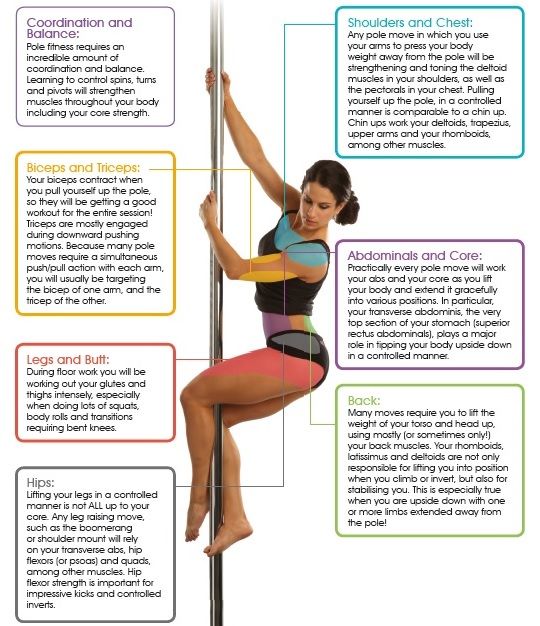 As you exhale, push yourself back to the starting position. Do as many push-ups as you can. The main thing is that each repetition is done correctly and in full amplitude. You can start from 8-10 reps in 1-2 sets of , gradually increasing the load to 10-15 reps in 3 sets of .
As you exhale, push yourself back to the starting position. Do as many push-ups as you can. The main thing is that each repetition is done correctly and in full amplitude. You can start from 8-10 reps in 1-2 sets of , gradually increasing the load to 10-15 reps in 3 sets of .
Dumbbell Curl
Sit on a chair with 2-3 kg dumbbells. Lower your arms with dumbbells along the body. The hands are turned towards the body. Fix the position of the elbows, pressing them to the body, tighten the press. Slowly bend your elbows. When the forearms are parallel to the floor, begin to turn the hands outward, that is, upward with the wrists. Next, raise the dumbbells to the point where your wrists almost touch your shoulders (at the top of the exercise, there should be a few centimeters between your wrists and shoulders). Hold at the top for 1-2 seconds and just as slowly return to the starting position.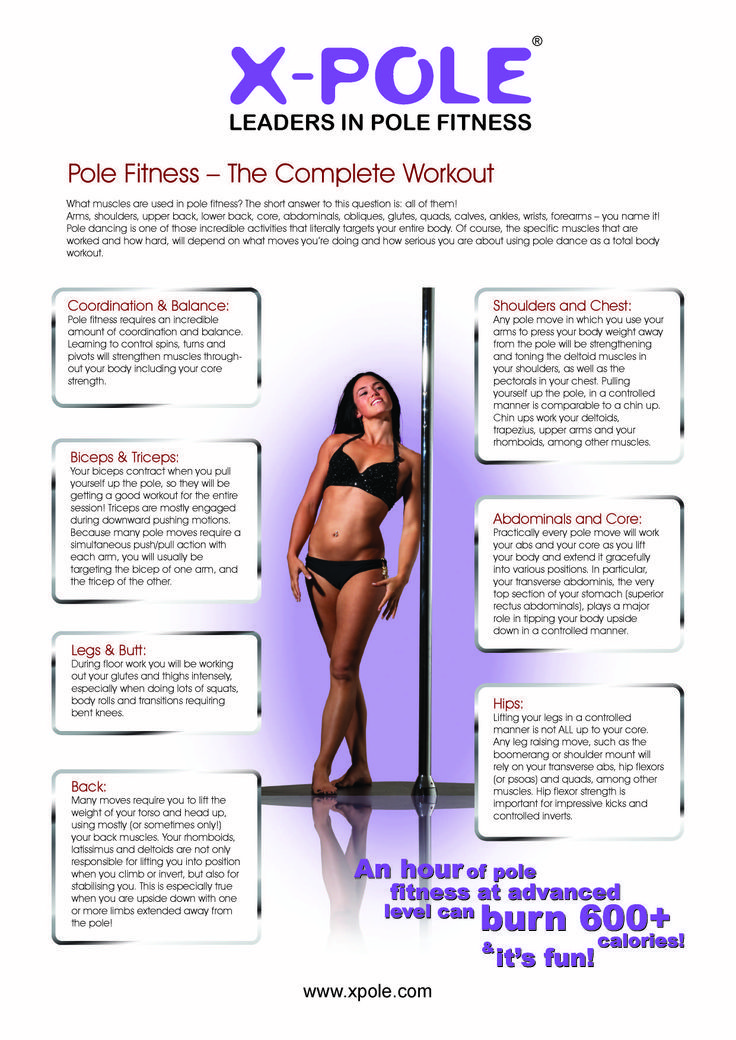 nine0007
nine0007
Important! When performing this exercise, jerks and the use of inertia should be avoided. Do not sway or lift your elbows off your body. Start with 8-10 reps of in 1-2 sets of , gradually increasing the load to 10-15 reps of 3 sets.
Seated Fold
Sit on the mat with your legs straight out in front of you, feet together and firmly pressed together. Stretch your arms up, back is straight, shoulder blades are brought to the spine, shoulders are lowered down, the crown is stretched up. Gently lean down towards your feet, keeping the stretch forward. Reach forward with your entire back, lengthening the thoracic and lumbar region, pull the spine out of the pelvis. Help yourself with your hands, first holding on to your shins, and then clasping your feet. On each deep exhalation, relax and move your chest forward. Hold position for at least 30 seconds.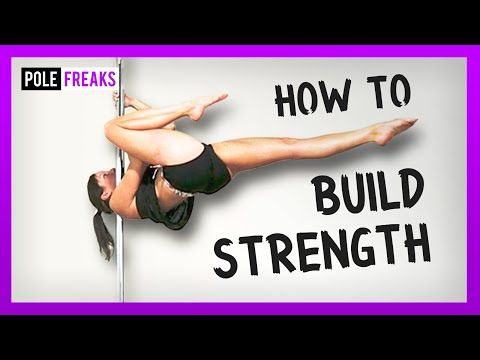
Stretching the muscles of the anterior surface of the thigh in the half split position
Starting position - half split position: the right leg is bent, extended forward (the foot is located under the buttock, the left foot is straight, extended back. Leaning on the forearm of the left hand, lower the pelvis below and fix Next, bend the left leg at the knee, pulling the heel to the buttock with the right hand. It is important that the pelvis is fixed and does not rise up. Hold this position for 30 seconds or more as long as you can, then repeat the same on the other side.
Don't skip home workouts to make your pole practice more comfortable.
pole dance, pole, fitness, pole training - Fitness - tsn.ua
In recent years, pole dance has been gaining popularity in the country. In each city you can find specialized studios, and under the auspices of the All-Ukrainian Pole Sports Federation with the support of IPSF (International Pole Sports Federation) even national competitions are held, which give the winners the opportunity to represent the country at the World Championships in London. nine0006
nine0006
However, not everyone who wants to learn dance fully understands what it is - fitness or dancing, who can and cannot practice, how old to start, what is the age threshold for pole lessons, how long it takes to learn, what kind of dance is needed clothes for classes in one direction or another.
What is a pylon and who is it for? Pole dancing can be called a form of fitness based on aerobic and anaerobic exercises. It combines elements of dance and acrobatic stunts, where the pole is used as a projectile, partner and simulator. Everyone can attend classes: from children to men and women up to 50 years old. There is a difference in the training of amateurs and professionals. Amateurs are engaged in a general program, but for the "pro" level it is different - more complex. Professionals study a whole system of varieties of tricks. Also, the male pole dance, unlike the female one, is more sporty with a large number of acrobatic and power elements. nine0007
nine0007
Classes are individual and group. They contain many components: choreography, pumping (swinging the press, push-ups, exercises for the back, legs, buttocks and arms, cardio, stretching) and acting skills.
Beginners practice with the pole for the first weeks, but do not climb it, learn different elements (flights, racks, choreography) and, only when they are already sufficiently prepared, try to do exercises on the pole itself. Experience in sports for beginners will not be superfluous, but if it is not there, it will simply take more time and effort to master the different elements. Specialized studios have a certain system of work and training of students. Studio managers and coaches use an individual approach to everyone, writing a training program. nine0007
There are no contraindications for amateurs in the pole. Classes on the pylon - this is the same gymnastics or acrobatics, just there is also a sports equipment - a pylon. People with various diseases are engaged, even with vertebral hernias, people with heart diseases simply get less workload. Unfortunately, there is a possibility of bruises and sprains. In order to avoid them, you must not neglect the warm-up (unheated muscles are easier to injure) and always listen and follow the recommendations of the trainer. There is also a possibility of bruising. They will be in any case, and to a greater or lesser extent - it depends on the characteristics of the skin and the preparation of the body. Over time, this passes. The skin gets used, the hands become stronger, and the movements become more precise. nine0007
Unfortunately, there is a possibility of bruises and sprains. In order to avoid them, you must not neglect the warm-up (unheated muscles are easier to injure) and always listen and follow the recommendations of the trainer. There is also a possibility of bruising. They will be in any case, and to a greater or lesser extent - it depends on the characteristics of the skin and the preparation of the body. Over time, this passes. The skin gets used, the hands become stronger, and the movements become more precise. nine0007
During training, the body experiences quite serious loads (an hour of pole training is comparable to a full-fledged strength training), so if you have any doubts about your health, you should consult a doctor. And it is better to do this before starting training.
Pilon and children. Girls can be trained from about 6 years old, because at this age you already perceive things more consciously and bear responsibility for your body, an adequate assessment of your own strengths has been developed - these are necessary conditions for safety.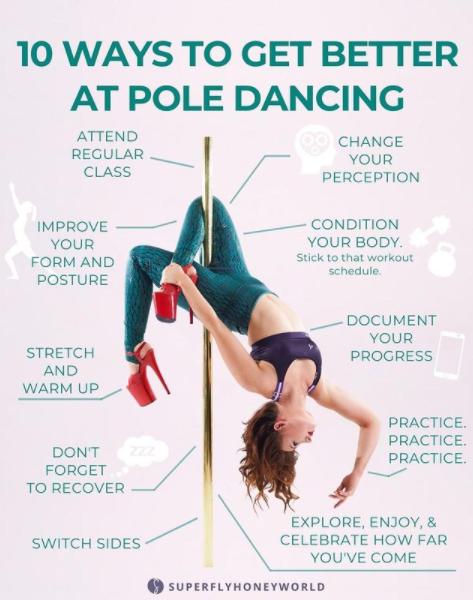 Some studios take children as early as 4 years old. Since pole dancing is a sport, there is a possibility of injury and falls. In specialized studios, trainers know the rules of working with children and the approach to teaching them. With children, the coaches have a special program, and it is obligatory to use mats when working out new elements. nine0007
Some studios take children as early as 4 years old. Since pole dancing is a sport, there is a possibility of injury and falls. In specialized studios, trainers know the rules of working with children and the approach to teaching them. With children, the coaches have a special program, and it is obligatory to use mats when working out new elements. nine0007
Photo: Getty Images
How a pylon improves the body. In the classroom, they learn an incredible variety of tricks - bending, strength, stretching, twists, hangs, handstands and other acrobatic elements. Thanks to the cardio load, muscles are warmed up and extra calories are burned, especially when strength elements are performed. The dance develops the muscles of the upper body (when holding its own weight in various positions), as well as the back (mainly in handstands) and the press. Pole dancing is suitable not only for those who want to practice it professionally, but also for those who do not see themselves in perspective on stage.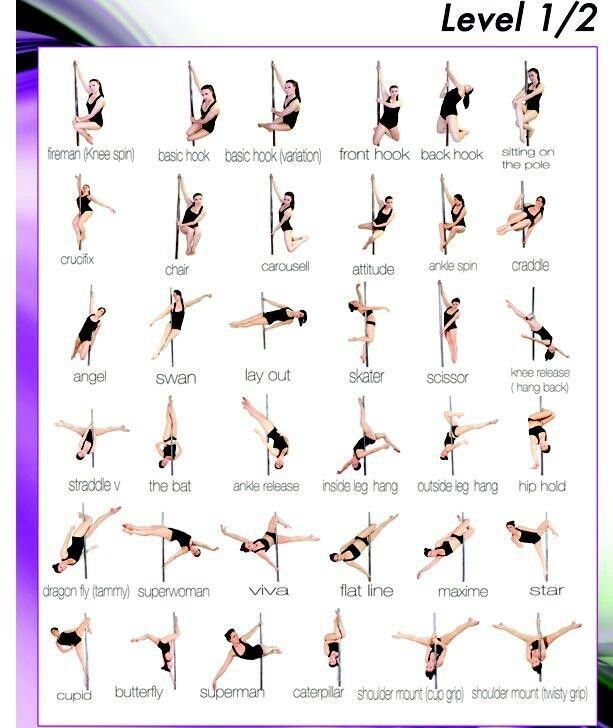 This skill will always come in handy and will not let you stand aside at a party, as it develops self-confidence, and in women - sexuality and grace. nine0007
This skill will always come in handy and will not let you stand aside at a party, as it develops self-confidence, and in women - sexuality and grace. nine0007
Various elements of the dance are performed at different levels of the pole. In the upper level, acrobatic stunts are performed at a height of more than 2 meters above the floor. At the middle level of the pylon, rotations are performed around it (more than 360 degrees), as well as plastic and other dynamic elements at a height of 1-1.5 meters above the floor. The lower level means the stalls, elements of plasticity and acrobatics performed with and without a pole on the floor. With all the seeming ease of movement, the dance requires considerable endurance, flexibility, coordination, grace and dexterity. Good stretching, overall muscle tone and strength of the upper and lower body muscles are a significant benefit for the class, while constant landings and dynamic movement around the pole improve the appearance and overall condition of the legs and buttocks. nine0007
nine0007
What training looks like. 3 workouts per week are considered normal. The result for most is noticeable after a month of classes, but it happens after 3 months.
Pole dance class lasts an hour and a half and includes warming up, muscle pumping and stretching, pole lessons (learning the main program), improvisation dance.
The Pole Sport session lasts 2 hours and includes a warm-up, intensive pumping and stretching. Here are the most interesting tricks and combinations on static and dynamic pylons. nine0007
Stretching session (back and legs separately) lasts 1 hour. This is a set of exercises aimed at developing flexibility and stretching. These exercises will help you sit on the twine, bend your back, which is very important when performing elements, their quantity, variety and quality will increase.
Exotic pole-dance class lasts 1 hour. It consists of a dance warm-up, pumping, stretching and learning the dance sequence to the music. There are groups for beginners and advanced. The emphasis is on plasticity, sexuality, grace. It involves the use of stalls, near-pylon choreography, twists. nine0007
There are groups for beginners and advanced. The emphasis is on plasticity, sexuality, grace. It involves the use of stalls, near-pylon choreography, twists. nine0007
What kind of clothes you need to have for classes. For the first lesson of pole dance, pole sport, pole dance kids you will need: socks (preferably warm), shorts, leggings, sweatpants or leggings. If there are no gaiters, it's not scary, but over time they will be very necessary. You also need a top, T-shirt, T-shirt, towel (optional). To do Stretching (stretching), you must definitely insulate the area that you will stretch: stretching the legs (socks, leggings, leggings), stretching the back (t-shirt and preferably a special warm belt, you can check with the trainers where to buy it). nine0007
For Exotic pole dance, pole dance Mix, beautiful comfortable clothes are suitable: leggings, T-shirts, tops, necessarily closed knees (gaiters, preferably special knee pads for dancing). At Exotic pole dance, you can use special shoes for dancing (strips), but after discussing this issue with the trainer.

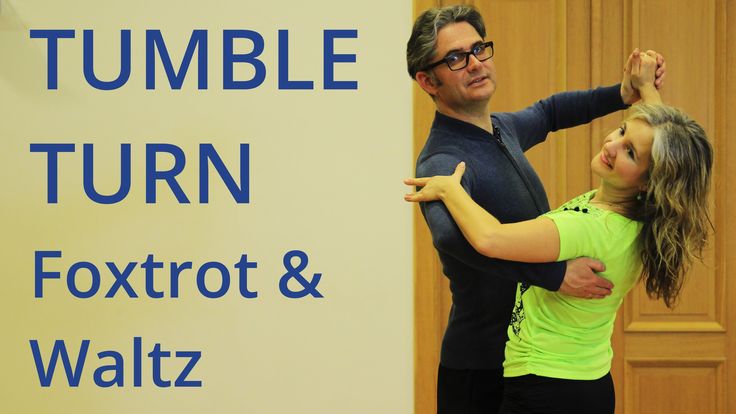
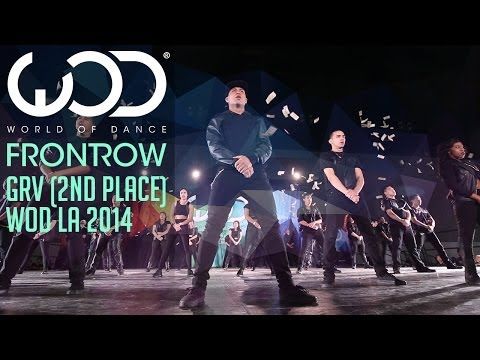
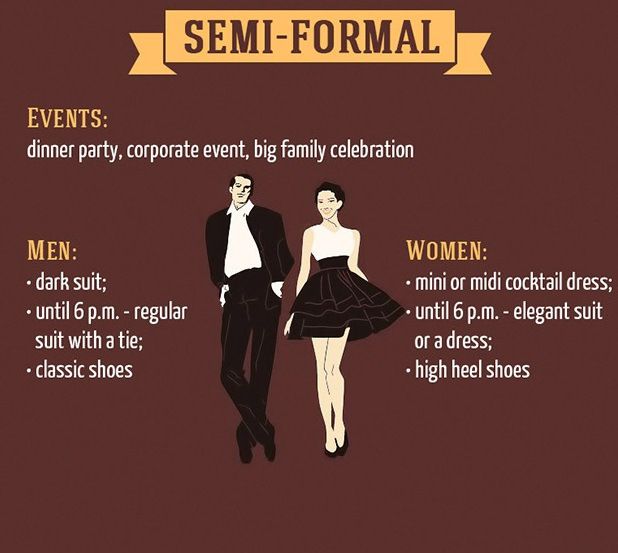


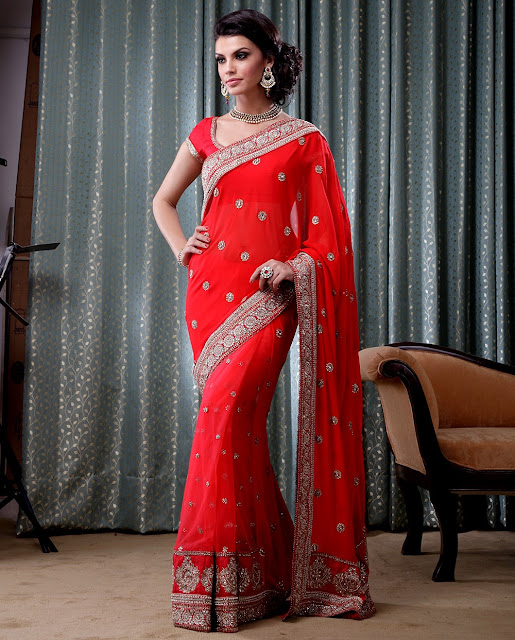.jpg)
